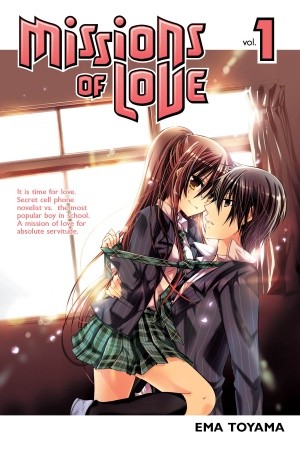And the winner of the Battle Angel Alita Giveaway is...Anna-neko! As the winner, Anna-neko will be receiving the first omnibus in Kodansha Comics' release of Battle Angel Alita: Last Order by …
Continue Reading about Manga Giveaway: Battle Angel Alita Giveaway Winner →




